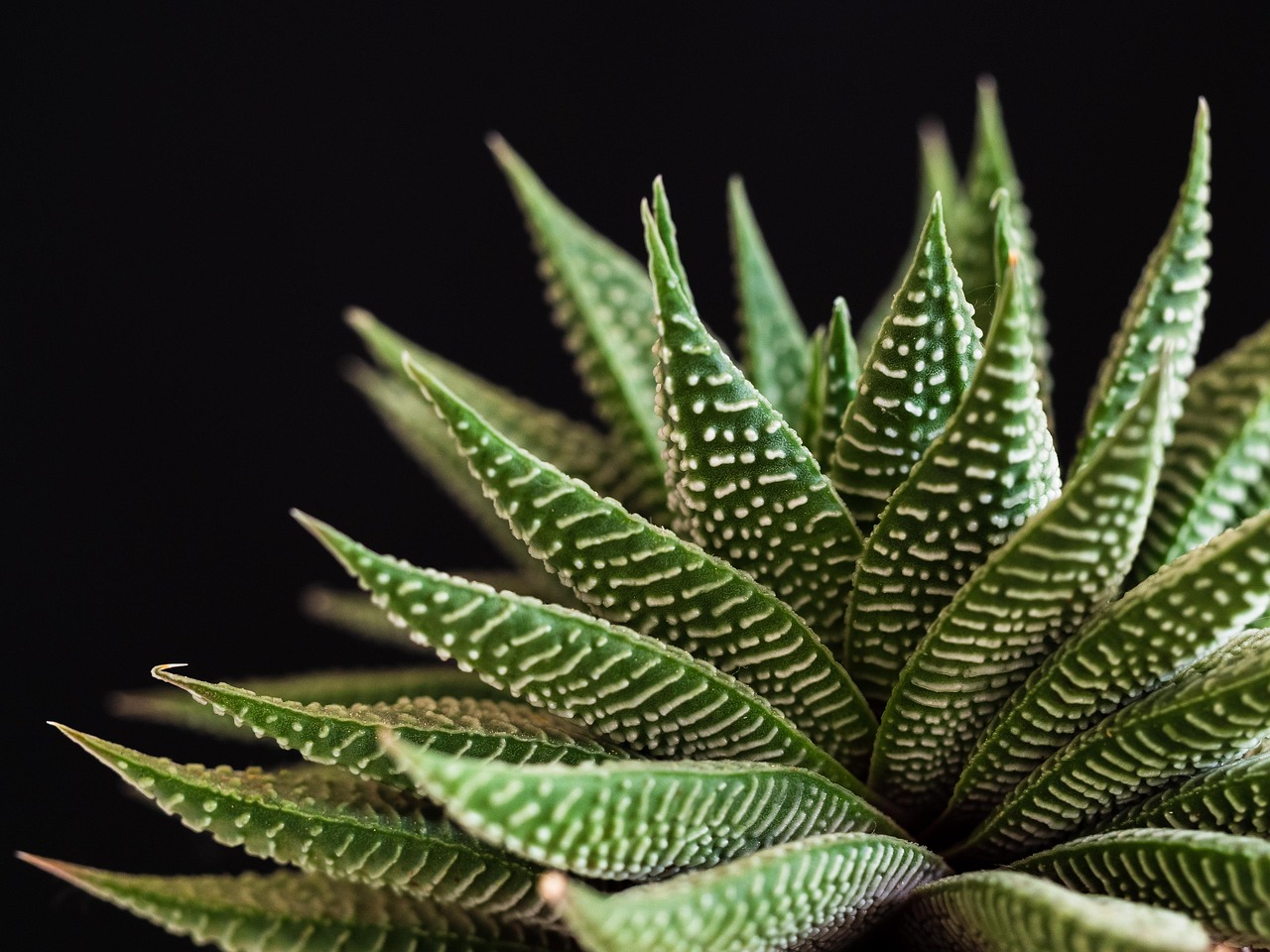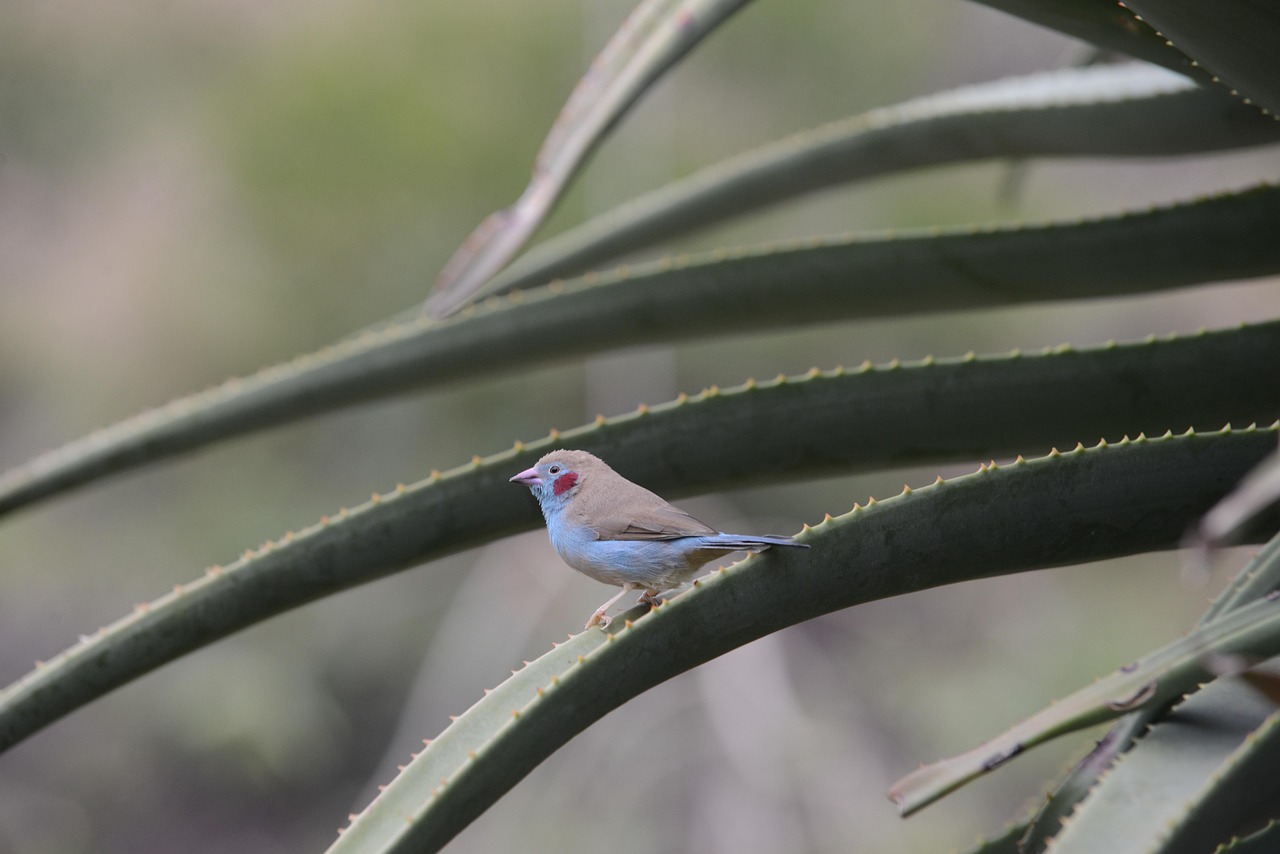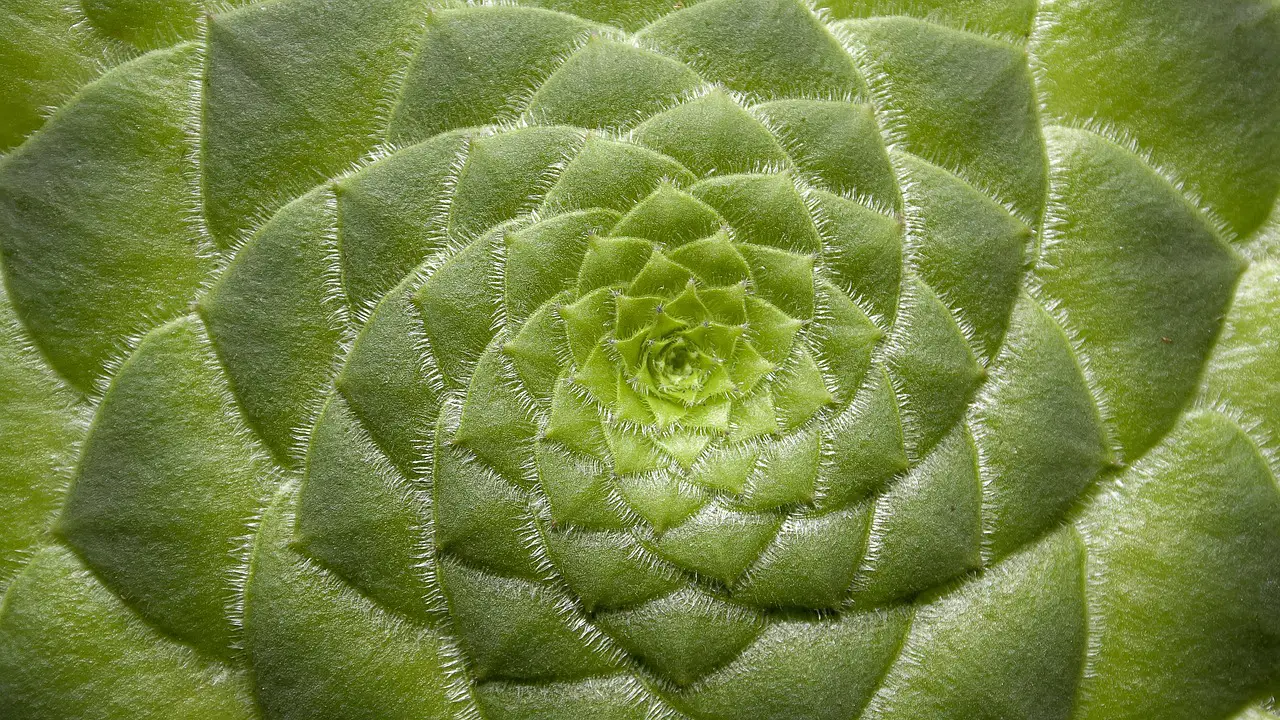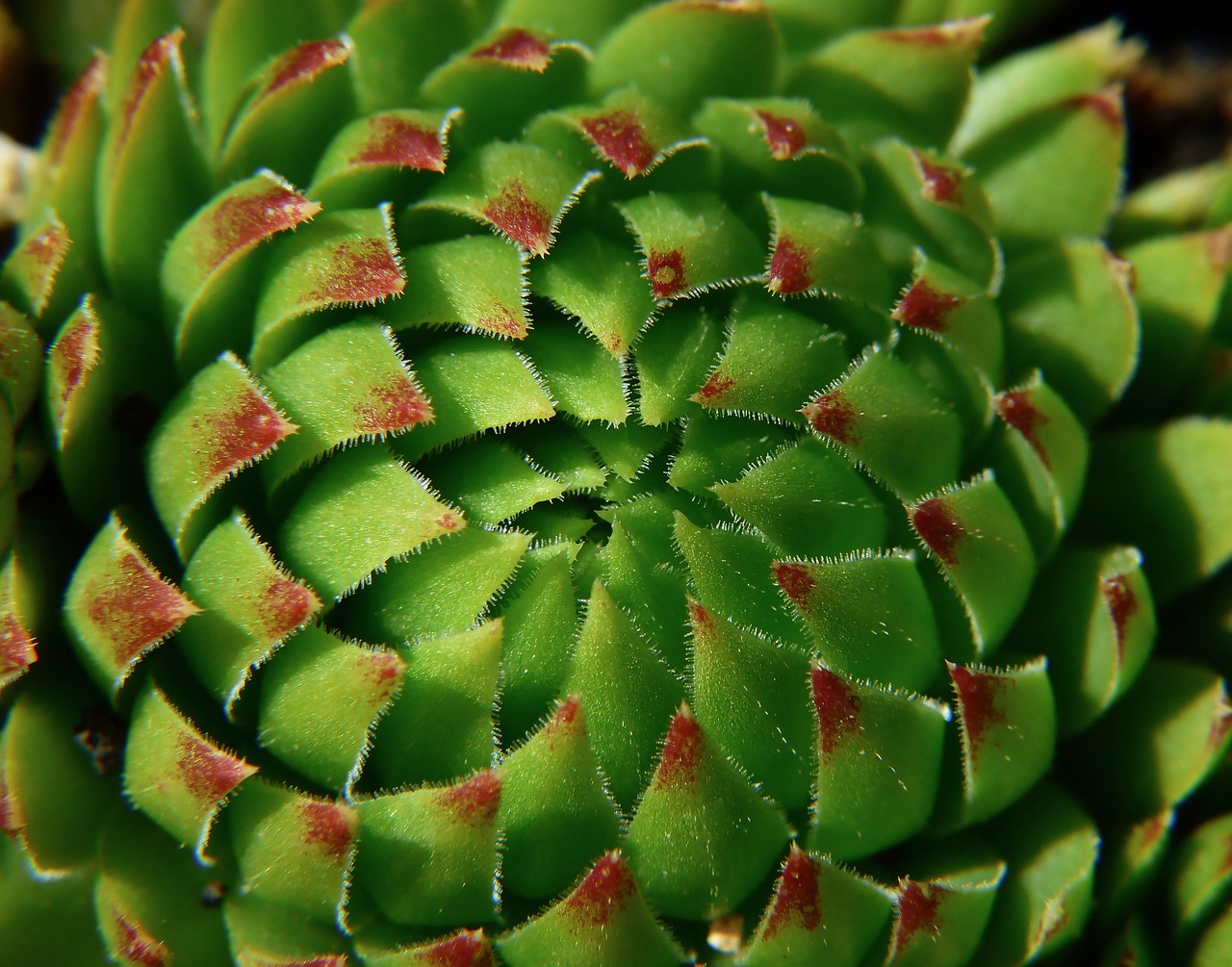Succulents are beloved for their unique beauty and low maintenance needs. However, they can suffer from drying out, which may lead to wilting or even death. Fortunately, there are effective strategies to revive your succulents quickly and easily. Here, we will delve into essential tips to save your drying succulents instantly.
Understanding the reasons succulents dry out is crucial. These plants store water in their leaves, stems, and roots, making them resilient to drought. However, overexposure to sunlight, underwatering, or poor soil can cause dehydration. Recognizing the signs of a distressed succulent is the first step in taking action. Common indicators include shriveled leaves, discoloration, and a generally limp appearance.

To effectively save your succulents, it is important to act quickly. Below are some expert tips that can help you revive these resilient plants:
Key Factors Contributing to Succulent Drying
Before implementing rescue techniques, it’s beneficial to understand the primary factors that contribute to the drying out of succulents. Here are several common causes:
| Cause | Description |
|---|---|
| Underwatering | Insufficient water supply leads to dehydration. |
| Overexposure to Sunlight | Excessive sunlight can scorch the leaves, causing them to dry out. |
| Poor Soil Quality | Soil that retains too much water can lead to root rot. |
| Pest Infestation | Pests can sap moisture and nutrients from the plant. |
Having identified these factors, we can now explore solutions that will help restore your succulents back to health.
Immediate Steps to Revive Drying Succulents
If you notice your succulent is drying out, here are immediate actions you can take:
- Watering: Thoroughly water your succulent. Ensure that excess water drains out to avoid root rot.
- Adjust Sunlight Exposure: Move your plant to a location where it receives indirect sunlight. This can prevent further drying.
- Check Soil Conditions: If the soil is compacted or retains too much moisture, consider repotting your succulent in a well-draining mix.
- Inspect for Pests: Examine the leaves and stems for pests. Treat any infestations promptly with insecticidal soap.
These immediate steps are crucial for giving your succulent a fighting chance against dehydration. However, it is also important to adopt long-term care practices to prevent future issues.
Long-Term Care Practices

Once you have addressed the immediate concerns, focusing on long-term care will help ensure the health of your succulents. Here are some practices to incorporate into your routine:
- Watering Schedule: Establish a regular watering schedule based on the season and humidity levels.
- Soil Selection: Use a mix specifically designed for succulents that promotes drainage.
- Fertilization: Feed your succulents with a diluted fertilizer during the growing season to provide necessary nutrients.
- Monitor Environment: Keep an eye on temperature and humidity levels in your home to ensure they remain within a suitable range for succulent growth.
By following these guidelines, you will not only save your drying succulents but also promote their overall health and vitality.
Common Mistakes to Avoid with Succulents

While caring for succulents may seem straightforward, many plant owners unknowingly make mistakes that can lead to their plants drying out or suffering from other issues. This section highlights some common pitfalls and how to avoid them.
- Overwatering: Many people assume that succulents need frequent watering. In reality, they thrive on infrequent, deep watering. Check the soil moisture before watering.
- Ignoring Drainage: Using pots without drainage holes can trap water at the bottom. Always choose pots that allow excess water to escape.
- Using Regular Potting Soil: Standard potting soil retains too much moisture for succulents. Opt for a cactus mix or create your own by mixing potting soil with sand or perlite.
- Placing in Low Light: While succulents can tolerate low light, they grow best in bright, indirect sunlight. Ensure they receive adequate light to stay healthy.
Recognizing Signs of Stress in Succulents
Being able to identify when your succulent is struggling allows for timely intervention. Here are some signs to watch for:
- Wrinkled Leaves: This often indicates underwatering. The leaves lose turgor pressure and begin to shrivel.
- Yellowing Leaves: Yellow leaves can signify overwatering or root rot. Check the soil and adjust your watering habits accordingly.
- Falling Leaves: If leaves are dropping off, this could be due to environmental stress or improper care.
- Pale Coloration: A pale or washed-out appearance may indicate sunburn or insufficient nutrients.
Best Watering Techniques for Succulents
Watering succulents correctly is essential for their survival. Here are some effective techniques to follow:
- Soak and Dry Method: Water thoroughly until it drains out of the bottom. Do not water again until the soil has completely dried out.
- Watering Frequency: During the growing season (spring and summer), check soil moisture every week. In fall and winter, reduce watering to once every few weeks.
- Use Room Temperature Water: Cold water can shock the roots, so it’s best to use water that is at room temperature.
Optimal Light Conditions for Succulents
The right amount of light is crucial for succulent health. Here are recommendations for providing the best light conditions:
- Bright, Indirect Light: Most succulents prefer bright but indirect sunlight. A south-facing window is ideal.
- Avoid Direct Sunlight: While some succulents can tolerate direct sun, prolonged exposure can lead to sunburn. If you notice browning edges, move the plant to a less intense location.
- Rotate Your Plants: To ensure even growth, rotate your succulents occasionally so all sides get equal light exposure.
Seasonal Care Adjustments
Caring for succulents may require different approaches depending on the season. Here are some adjustments to consider:
- Spring and Summer: This is the growing season. Increase watering frequency and consider fertilizing every few weeks.
- Fall: As temperatures drop, reduce watering as the plants enter dormancy. Monitor for pests that may appear before winter.
- Winter: Most succulents need minimal water during this time. Keep them in a cool environment with adequate light.
Understanding these seasonal needs will help your succulents thrive throughout the year.

Propagation Techniques for Succulents
One of the most rewarding aspects of caring for succulents is the ability to propagate them. This allows you to create new plants from existing ones, ensuring a flourishing collection. Here are some effective propagation techniques:
Leaf Cuttings
Leaf cuttings are a popular method for propagating succulents. Follow these steps for successful propagation:
- Select Healthy Leaves: Choose mature leaves from your succulent. Ensure they are plump and free from damage.
- Let Them Callous: After removing the leaves, allow them to dry for a few days until the cut ends callous over. This helps prevent rot.
- Planting: Place the dried leaves on top of well-draining soil without burying them. Mist lightly with water.
- Watering and Light: Keep the soil slightly moist and place the cuttings in bright, indirect sunlight.
Stem Cuttings
Stem cuttings can also be an effective way to propagate succulents. Here’s how:
- Choose a Healthy Stem: Select a stem with multiple leaves and cut it just below a leaf node.
- Allow to Callous: Similar to leaf cuttings, let the cut end dry for a couple of days.
- Planting: Once calloused, plant the stem cutting in a pot with well-draining soil.
- Water Sparingly: Water lightly until roots develop, then adjust your watering routine.
Offsets and Pups
Many succulents produce offsets or pups—small plants that grow from the base of the parent plant. To propagate them:
- Identify Offsets: Look for small rosettes or pups around the base of the parent plant.
- Remove Gently: Using clean scissors or a knife, carefully detach the offset from the main plant, ensuring some roots are attached.
- Callous and Plant: Allow the offset to callous for a day before planting it in well-draining soil.
- Caring for Offsets: Water lightly and place in bright, indirect light until established.
Pest Management for Succulents
Pests can pose a significant threat to your succulents. Here are some common pests and how to manage them effectively:
Cactus Bugs and Mealybugs
Cactus bugs and mealybugs suck sap from your plants, leading to stress and damage. To control these pests:
- Inspect Regularly: Check your plants frequently for signs of infestation.
- Pest Removal: Wipe affected areas with a cotton swab dipped in rubbing alcohol to remove pests.
- Pesticides: If infestations are severe, consider using a gentle insecticidal soap.
Aphids
Aphids are small, soft-bodied insects that can also damage succulents. Manage aphids by:
- Water Spray: Use a strong jet of water to dislodge them from your plants.
- Natural Predators: Introduce beneficial insects like ladybugs that prey on aphids.
- Neem Oil: Apply diluted neem oil as a preventive measure against future infestations.
Choosing the Right Containers for Succulents
The choice of container plays a crucial role in succulent health. Here are some factors to consider when selecting pots:
- Drainage Holes: Always opt for pots with drainage holes to prevent water accumulation.
- Material: Terracotta pots are excellent because they allow moisture to evaporate. Plastic pots retain moisture longer, which may be suitable for certain succulents.
- Size: Choose pots that provide enough room for growth but are not excessively large, as this can lead to overwatering.
Selecting appropriate containers ensures that your succulents thrive in their environment while reducing the risk of drying out or root rot.
Seasonal Adjustments for Succulent Care
Understanding the seasonal needs of your succulents is vital for their long-term health. As seasons change, so do the requirements for watering, light, and temperature. Here are some adjustments to consider for each season:
Spring and Summer Care
During the growing season, succulents become more active and require different care:
- Increase Watering: As temperatures rise, succulents will need more water. Check the soil moisture regularly and adjust your watering schedule accordingly.
- Fertilization: This is the best time to fertilize your succulents. Use a diluted, balanced fertilizer every few weeks to promote healthy growth.
- Light Exposure: Ensure your succulents receive ample bright, indirect sunlight. If they are outdoors, protect them from harsh afternoon sun.
Fall and Winter Care
As the weather cools down, succulents enter a dormancy period where their growth slows:
- Reduce Watering: Cut back on watering frequency significantly. Allow the soil to dry out completely between waterings to prevent root rot.
- Temperature Management: Keep your succulents in a warm environment, ideally between 60°F to 75°F (15°C to 24°C). Protect them from cold drafts.
- Light Adjustments: Provide adequate light during shorter days. Consider using grow lights if your plants are indoors and are not receiving sufficient natural light.
Common Succulent Varieties and Their Care Needs
Different succulent species have varying care requirements. Here is a brief overview of popular varieties and their specific needs:
| Succulent Variety | Watering Needs | Light Requirements |
|---|---|---|
| Aloe Vera | Infrequent; water deeply when soil is dry. | Bright, indirect sunlight. |
| Echeveria | Moderate; allow soil to dry between waterings. | Full sun to partial shade. |
| Jade Plant (Crassula ovata) | Allow soil to dry completely between waterings. | Bright light; some direct sun. |
| Sedum | Low to moderate; drought tolerant. | Full sun preferred. |
By familiarizing yourself with the specific needs of each variety, you can tailor your care approach for optimal results.
Final Thoughts
Caring for succulents can be a rewarding experience, but it requires attention and understanding of their unique needs. By implementing proper watering techniques, selecting the right containers, and adjusting care according to the seasons, you can successfully revive drying succulents and keep them thriving.
Remember to monitor your plants regularly for any signs of stress or pest issues. With patience and the right strategies, your succulent collection can flourish, bringing beauty and joy to your home. Whether you are a beginner or an experienced gardener, these expert tips will help ensure that your succulents remain healthy and vibrant throughout their lifecycle.
With this comprehensive knowledge in hand, you are well-equipped to tackle any challenges that may arise in your succulent journey. Enjoy the process of nurturing these extraordinary plants!
